Brief information
Tea culture is the cultural characteristics formed in the process of tea drinking activities, tea culture includes tea ceremony, tea spirit, tea book, tea tools, tea painting, tea story, tea art, etc. Tea originated in China and has been carried forward and inherited, while tea culture also originated in China and has been widely spread, tea culture is also integrated with life, reflected in all aspects such as making tea, treating people, and personal improvement.
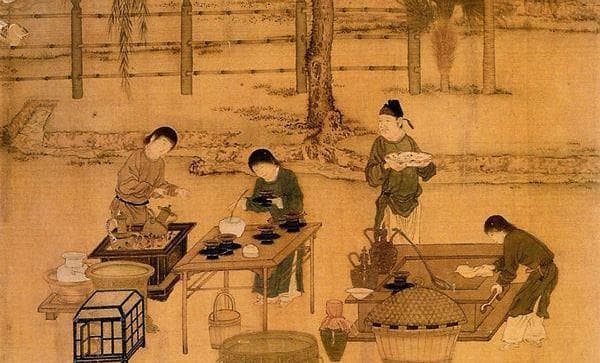
Tea’s history
- The source of tea
In 2700 BC, China has the legend of “The emperor Shennong tasted a hundred herbs, the day encountered seventy-two poison, get tea and solve it. ” Said Shen Nong has a crystal clear stomach, eat anything, people can see clearly from his stomach. At that time, people were eating raw, very easy to get sick. In order to relieve people’s suffering, Shennong tried all the plants he saw, to see how they changed in the stomach, to determine which are non-toxic and which are healthy. When he tasted the leaves from an evergreen tree with white flowers, the leaves washed his stomach from top to bottom, flowing everywhere, as they were checking something in his stomach, “check” in China has the pronunciation of “Cha”. so he called this green leaf “Cha”. In Latium countries, tea is still called Cha.
- Basic history of tea
1200 years before the Tang Dynasty, is a peak period of China’s economic development, by the economic and cultural influence of the Tang Dynasty, China’s tea species was introduced to Japan. It was also during this time that Lu Yu’s book “Tea Sutra” made the tea drinking culture in the Tang Dynasty flourish.
1000 years ago in the Northern Song Dynasty, with the improvement of tea-making technology, tea became a very important trade product and export commodity of the Northern Song Dynasty, and porcelain became the bulk of the exports of the Northern Song Dynasty, for the Song Dynasty in exchange for many horses as well as Japanese Southeast Asian native products and handicrafts, the Song Dynasty’s Maritime Silk Road was once very prosperous.
Around 1545, the Italian Lai Mai Xi’s “Navigation Records Integration” mentioned Chinese tea, which is the earliest documentary record about tea in Europe.
In 1607, Dutch sea ships came from Java to Macao to traffic tea, and in 1610 the transit to Europe, became the beginning of Westerners to the East to carry tea, from then on, Chinese tea began to occupy the recipes of Europeans. In the tenth century, when the Mongolian merchants came to China to engage in trade, Chinese brick tea was brought from China through Siberia to Central Asia too far. At the beginning of the fifteenth century, Portuguese merchant ships came to China for trading, and the trade of tea to the West began to appear. The Dutch brought tea to Western Europe around 1610 AD, and after 1650, it spread to Eastern Europe, and then to Russia and France. It spread to America in the seventeenth century.
Indonesia in 1684 began to introduce China’s tea seed trial, and later introduced China, Japan tea seeds, and Assam seed trial. Through ups and downs, until the latter part of the 19th century began to have significant results. After the Second World War, the recovery and development of tea were accelerated, and it took a place in the international market.
In 1780, India was introduced to China by the British East India Company to grow tea seeds. To the latter part of the 19th century has been “the name of Indian tea, full of noise in the world”. 17 century, Sri Lanka in the introduction of tea seeds from China to test the seeds, and again in 1780, test planting, 1824 years later and repeatedly introduced Chinese, Indian tea seeds expansion and hire technicians. The quality of the black tea produced is excellent, for the world’s tea to generate foreign exchange. 1880, China’s exports to the United Kingdom were as much as 1.45 million quintals of tea, accounting for sixty to seventy percent of China’s tea exports.
In 1833, tea seeds were imported from China for trial planting in the Imperial Russian era, and in 1848, tea seeds were imported from China for planting on the Black Coast. 1893, Chinese tea master Liu Junzhou was hired and led a group of skilled workers to Georgia to teach tea planting and tea-making technology.
In 1888, Turkey imported tea seeds from Japan for trial planting, in 1903, Kenya first imported tea seeds from India, in 1920 the commercial development of tea, the scale of operation is after independence in 1963. 1924, South America’s Argan Yan tea seeds were imported from China to plant in the northern region and successive expansion. Later, Japanese and Soviet expatriates also set up tea plantations, and after the 1950s, the area and output of tea plantations continued to increase, becoming the main tea production and exporting countries in South America.
- Tea history brief
With the full implementation of the “Silk Road”, tea as an economic crop, spreads from China to all over the world. It was first introduced to Japan and Korea and then was spread to Indonesia, India, Sri Lanka, and other countries by the southern sea route. In the 16th century, it was introduced to European countries and then to the American continent, and then spread to Persia and Russia from the north.
And following a page to introduce the story about tea in different countries.
https://www.theteaspot.com/pages/tea-traditions
Today, we list the top few countries for tea drinking
Will the United Kingdom be ranked first? Isn’t the UK claiming that “when four o’clock in the afternoon strikes, everyone will stop all work and have tea”?
According to the statistics of the International Tea Commission, the countries ranked in terms of tea consumption in 2017 were China, India, Turkey, Russia, the United Kingdom, and Japan.
China:tieh-kwan-yin and Puer

Tea is the national drink in China. And ea brewed directly with boiling water without adding sugar or milk.
Among all kinds of tea, Tie Guanyin is a representative of oolong tea and belongs to green tea among the six major types of tea. Pu’er tea is a “living organism”, its main feature is that after the tea body is completed, the continuous aging process, the flavors of the tea body in different aging periods are not the same. Up to dozens, nearly a hundred years.
And in China, there are many tea houses and tea shops like coffee bars in Western countries. As a national drink, tea is not only the drink more with the social property. In cultured circles drinking tea became an alternative to alcohol.
India: strong flavored tea-“Lal-cha”

“Lal-cha” is also called “spicy tea”, mainly because it contains various spices. Indian Lacha culture originated in the British colonial period. They added local spices, such as cardamom, ginger, cinnamon, cloves, etc. to the English milk tea (black tea + milk + sugar), and made great strides all the way to form the current Indian tea.
The so-called tea pulling means that after all the ingredients are mixed and boiled, the tea is poured back and forth between two containers. It can not only fully mix the fusion between tea, milk, and spices, but also show the tea master’s superb tea pulling skills to attract customers. If you spend any time in Morocco you’re guaranteed to be served some delicious hot mint tea, this drink is fully engrained in Moroccan culture and strongly linked to hospitality.
Turkey: Freshly brewed black tea
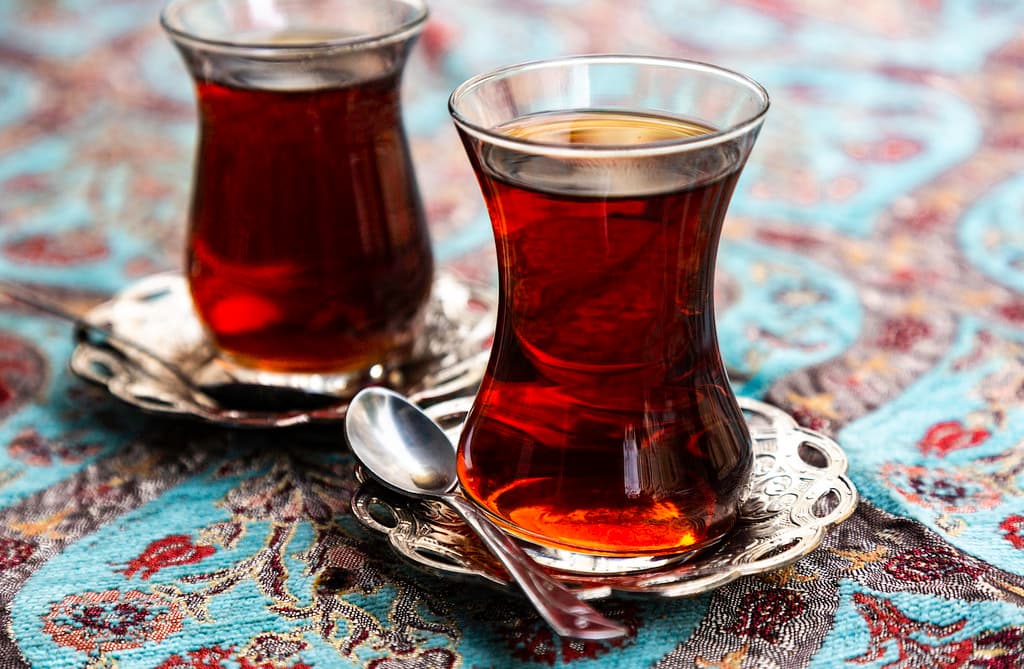
Turks like to drink black tea. Two teapots, one large and one small, are used to make tea. The big teapot is placed on the stove to boil water, and then the small teapot with tea leaves is placed on it. After the water is boiled, pour into the small pot, then pour the strong tea in the small pot directly into the teacup, and then add boiling water according to personal preference Thick and light, add granulated sugar, stir and drink. This kind of freshly brewed black tea is very sophisticated for the tea maker.
Russia: specialty tea

In Russia, a Russian tea set called a “samovar” is often used to make tea. A samovar is also called a tea soup pot. It is generally made of silver or copper. It has two walls inside and outside. It is heated in the middle and filled with water. It is a bit like a traditional charcoal hot pot. There are also faucets and supporting legs underneath for easy tea pouring.
Nowadays, from the royal family to the common people, the samovar is an indispensable tea vessel for every family in Russia. Whether it is three meals a day, gatherings of relatives and friends, visits by familiar people, festival celebrations, or even picnics, you can see steaming samovars everywhere.
United Kingdom: Elegant afternoon tea

In the mid-nineteenth century, starting with the British royal family, the trend of drinking afternoon tea became popular in the upper class and gradually spread to the whole country. At 4 o’clock every afternoon, they will enjoy tea and exquisite snacks to relieve hunger between lunch and dinner.
There are three characteristics of authentic British afternoon tea: elegant and comfortable environment, rich tea snacks, and high-end tea sets. The British like to choose the best black tea, accompanied by exquisite porcelain or silver tea sets, placed on the tea table covered with delicate tablecloths and put out a variety of refreshments with a trolley, and enjoy the leisure time in the afternoon elegantly.
Japan: Japanese tea ceremony
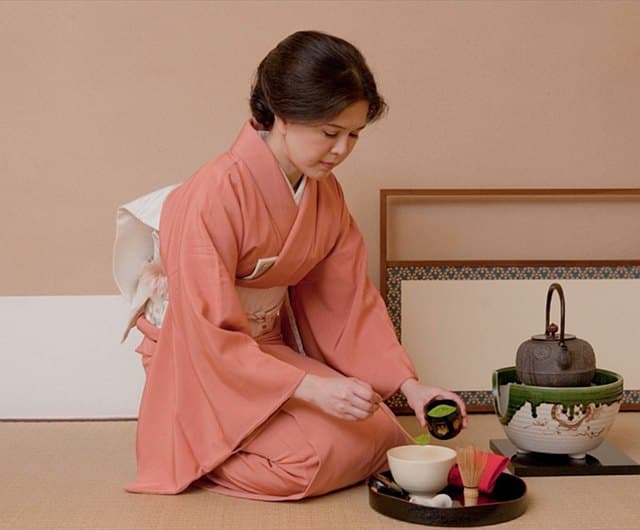
The brewing method of Japanese Matcha is derived from the order of tea in the Song Dynasty of China. Put a small spoonful of powdered tea into the tea bowl, add an appropriate amount of water, and use a tool called a teapot to quickly whip the foam. When you drink it, you directly hold up the tea bowl and take a small mouth. The tea soup is delicate and sweet.
Today’s Japanese tea ceremony culture is a comprehensive cultural art that combines philosophy, religion, literature, ethics, morals, painting, architecture, etc., formed and developed on the basis of Chinese tea culture.
North America-Iced tea
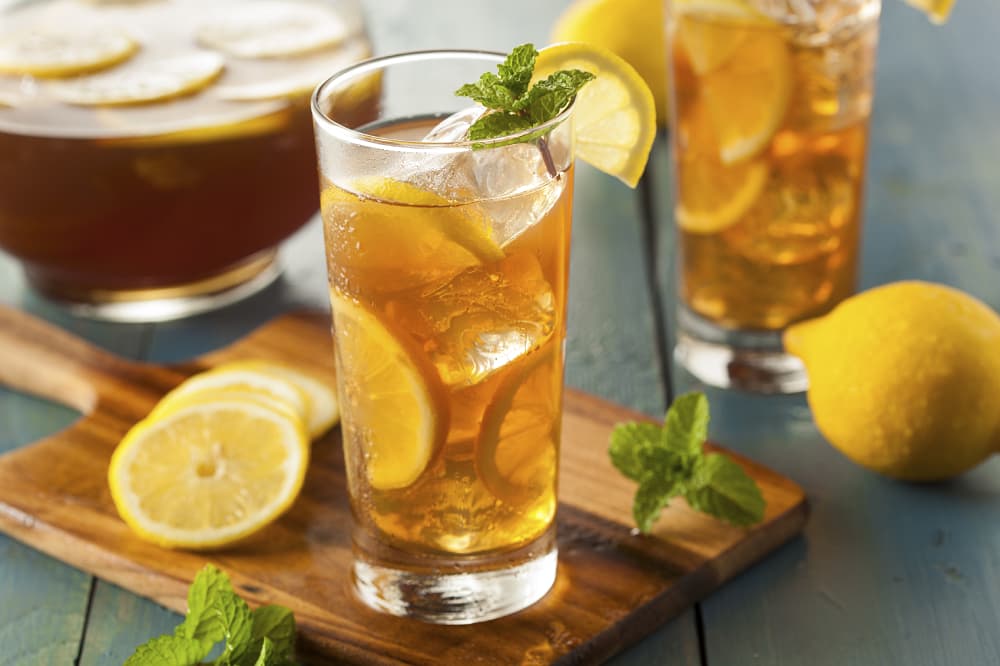
It is an interesting story to note that the independence of the United States is related to tea, and everyone knows that Boston pouring tea was the spark of American independence. What is even more interesting is that the United States contributed to the popularization of iced tea, adding ice cubes to tea during the hot summer months, a practice that has led to the annual consumption of iced tea in the United States reaching more than 40 billion cups per year.
The temperature of making tea and tea sets
Every country has tea-drinking customs in line with local climatic conditions and cultural traditions, which reflects the richness and diversity of tea culture and its strong tolerance. But to have the best taste from different teas, The following table lists the most suitable brewing temperatures for different teas and the most suitable tea sets.
| Picture | Temperature | Water temperature | Tea set |
|---|---|---|---|
 |
Green tea | 85℃-95℃ | glass |
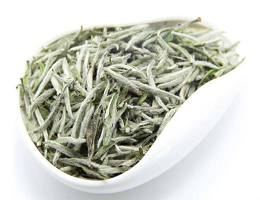 |
White tea | 85℃-90℃ | big pot |
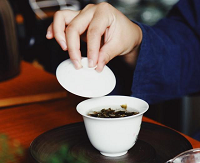 |
Oolong tea | 90℃-95℃ | covered bowl |
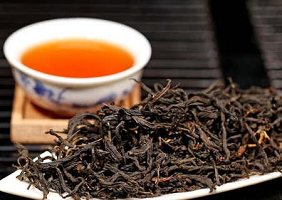 |
Black tea | 85℃-90℃ | porcelain cup |
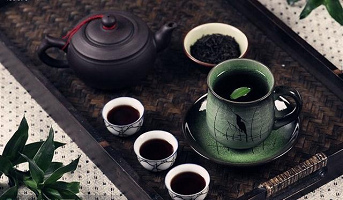 |
Fermented tea | 95℃ | Yixing clay teapot |
The most suitable water temperature for green tea is 80°-85°, the most suitable temperature for black tea is 95°, and the brewing temperature of the coffee is suitable 85-92°. Anyone who knows tea appreciates the importance of water temperature to tea. Overheating will make it bitter, and too cold will cause lightness. If an ordinary kettle does not have a thermometer, it is difficult to control the temperature of the water, and the instantaneous drinking system can help the “tea lover” make a pot of good tea more easily.
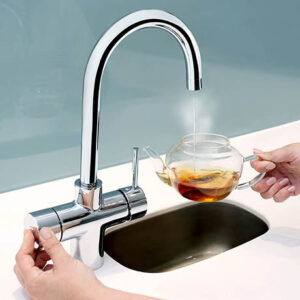
Boiled water at multiple temperatures can be released instantly, saving time and being more fresh and healthy. The filtered “softened and filtered water” will directly enter the heating water tank, and healthy boiling water can be released with one click of a button. The temperature of boiling water can be adjusted freely according to different tea varieties, which greatly reduces the cumbersome process of boiling water for making tea.
Not only is heat preservation, an instant, large-capacity water storage design, even if there are several guests at home, but hot drinks can also be easily handled. In addition, for guests with different tastes, the integrated under-kitchen water system from HCdrink can supply filtered normal temperature water, ice water, and soda water at any time, and prepare different drinks such as bubble tea for guests or family members at any time.
The development of the times not only allows the tea to have a richer and more diverse expression but also brings better quality water systems to the daily family life of users around the world, making it convenient everywhere. The healthy culture of tea permeates everyone’s dietary life, and water also follows the improvement of life. The quality has a “qualitative leap”, saying goodbye to the unhealthy “raw water” era. Drinking tea makes people healthier, Iwater The original intention of the development of the kitchen sink water system also coincides with the “tea ceremony”. Starting from a sense of health, drinking water with a sense of ritual is also the ultimate experience of transcending the times and enjoying a high-quality life.
